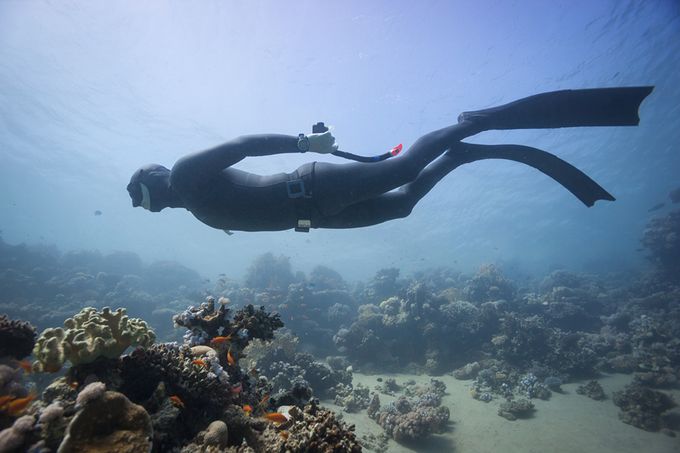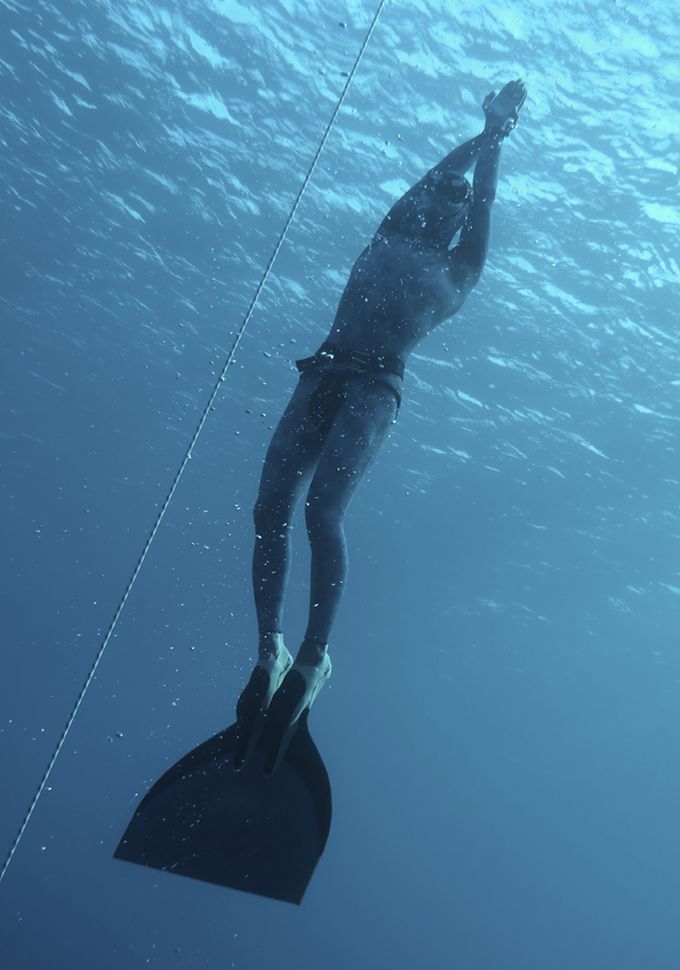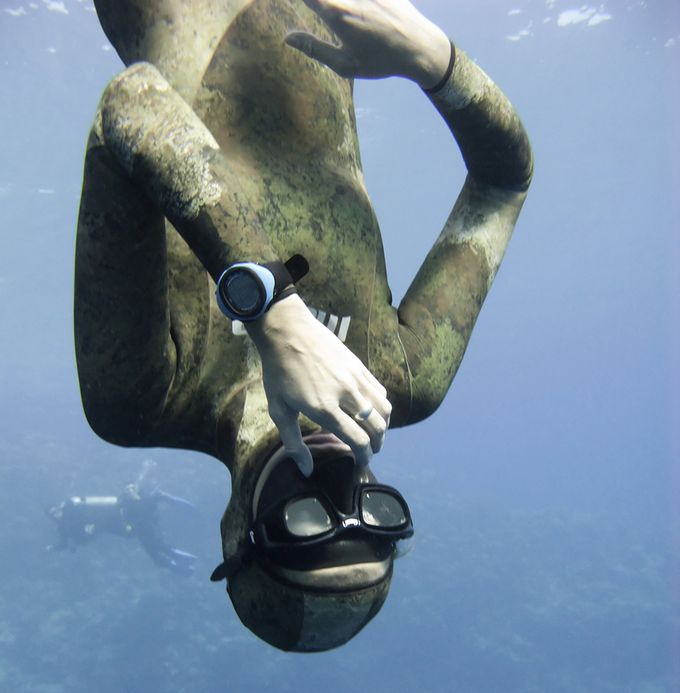What is Freediving? Is it just to dive without oxygen? Well- in it’s simplest form – yes.
Freediving has exploded in popularity in the last few years. Once only the sport of accomplished divers and photographers, it’s now becoming a sought after hobby within general sports and activity.
In its simplest form, freediving is diving without the assistance of breathing apparatus and without leaving any effect on your surroundings. To accomplish this, freedivers learn breath hold techniques in order to do entire dives on one breath.
If you’ve ever swum underwater while holding your breath for any amount of time, you’ve experienced freediving.




